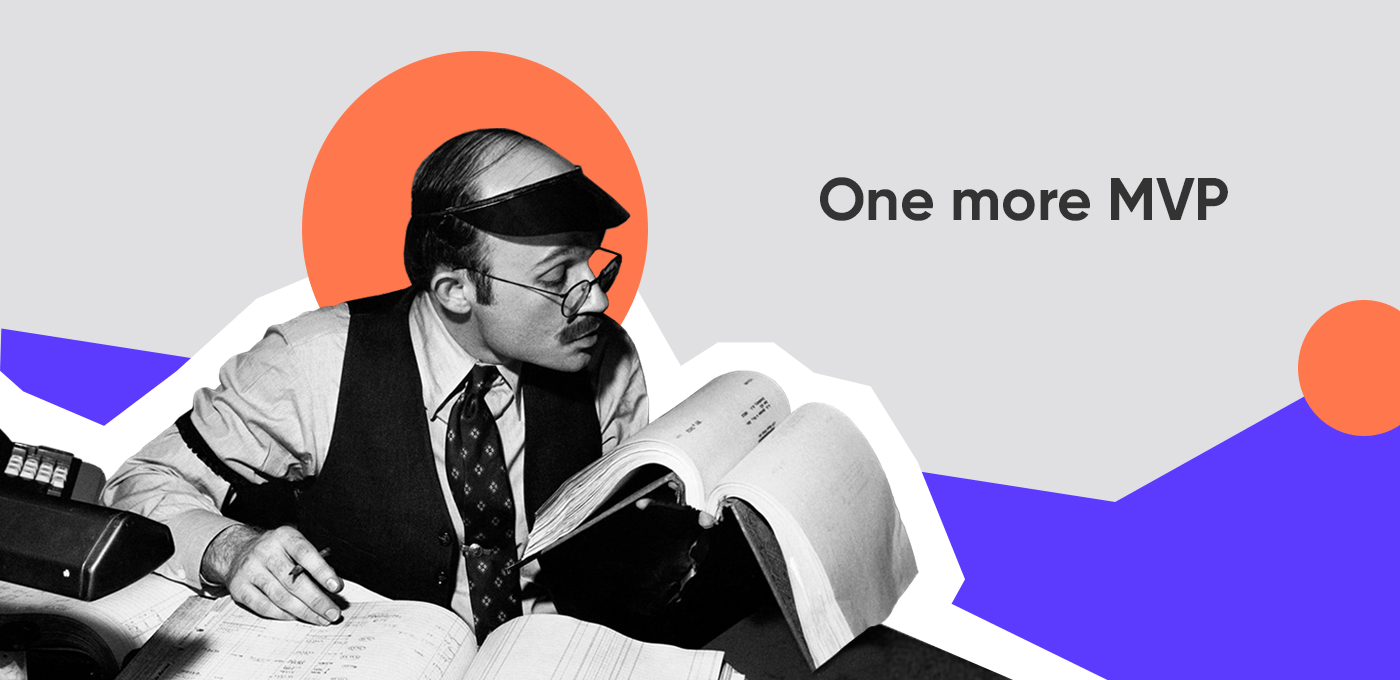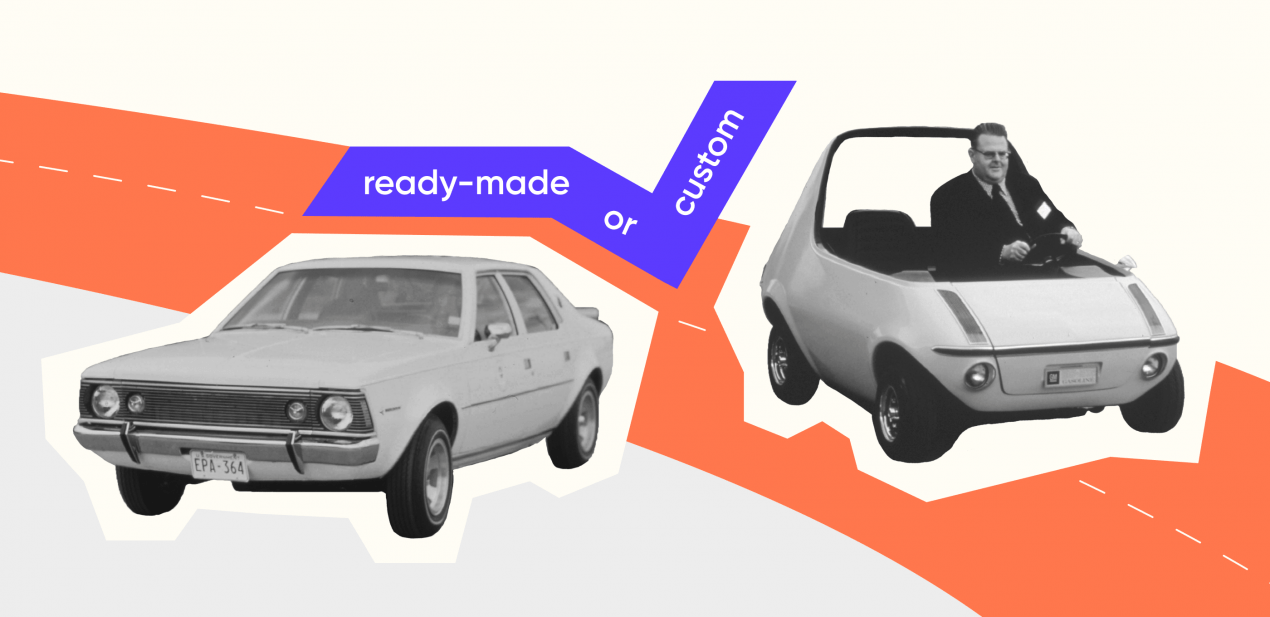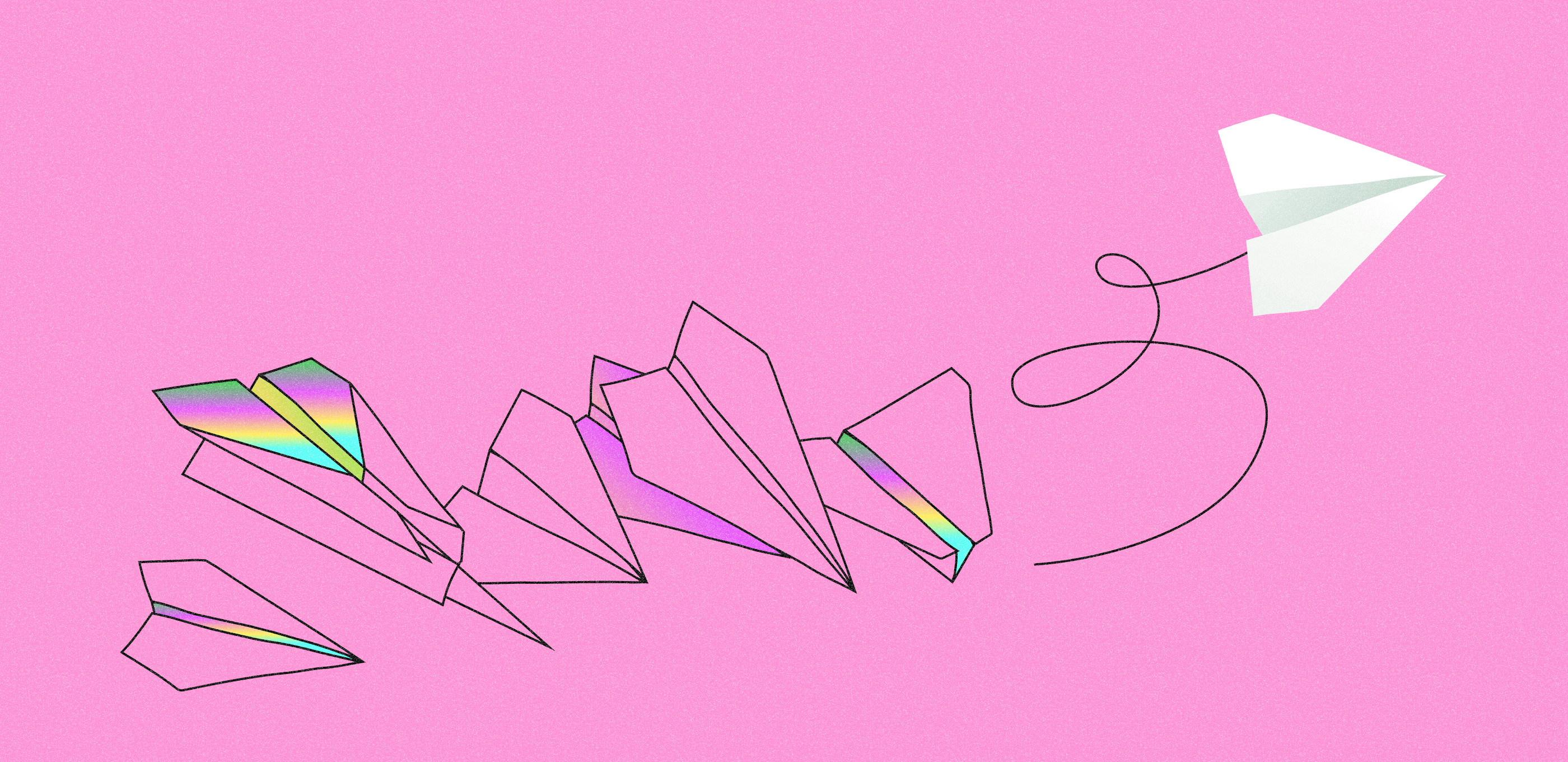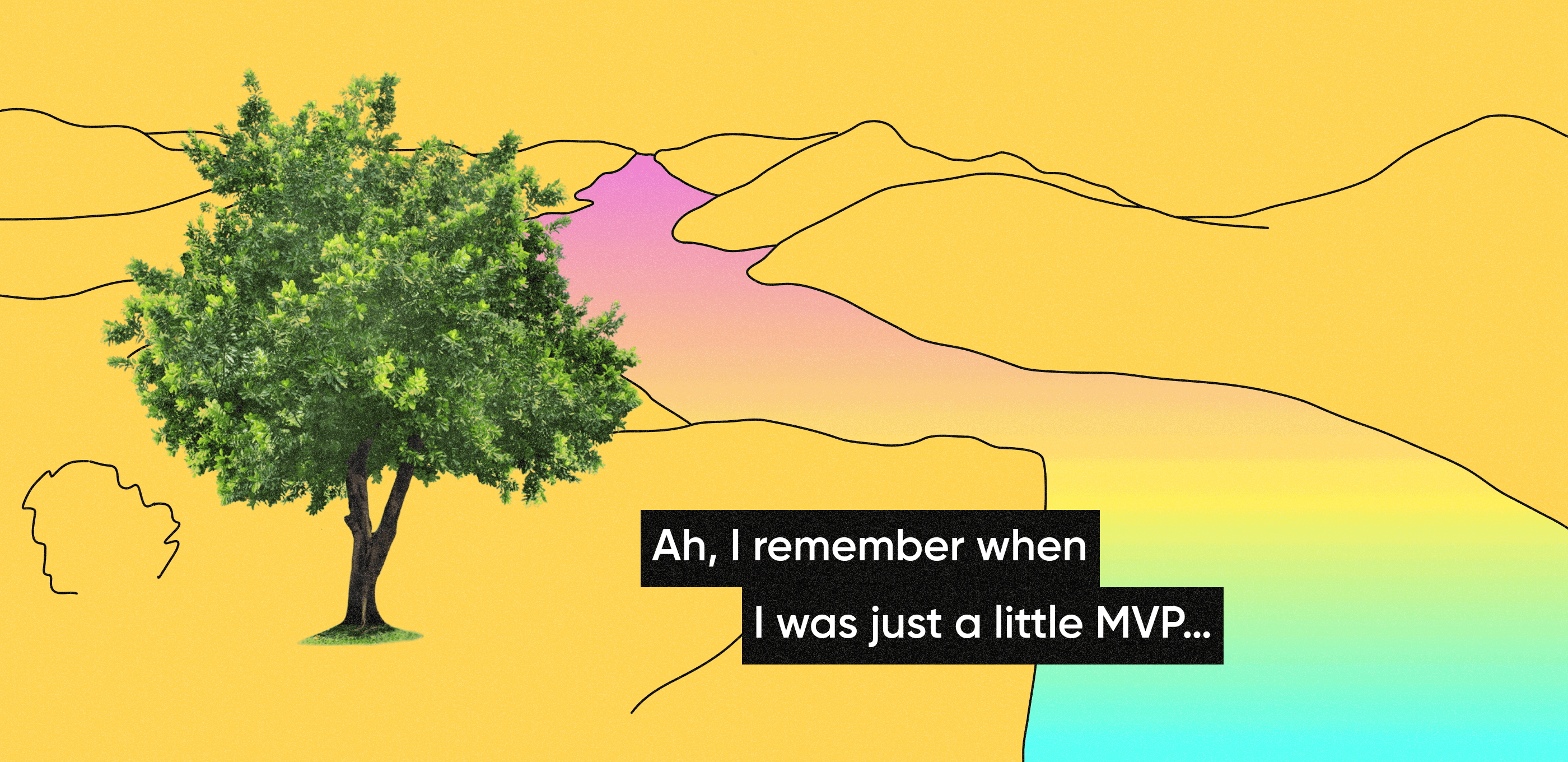At Purrweb, we say: Validate first. It means that prior to any big actions you need to check the demand — if the issue, you wanna solve, really exists, how critical it is and how people handle it these days.
Rather than taking a bank loan to build a complete app, check the ways how you can validate a business idea without spending a fortune. Pick one to gain initial learning and get the product off the ground as fast as possible.
1. Landing page
This is exactly what you can use to gauge customer interest and measure purchase intent. Set up a very simple page that looks sexy and conveys the core value of your future product. The goal is to describe an upcoming solution from a customer’s perspective (without ad puffery).
To create a convincing landing page, be succinct and to the point. Make it easy to understand within 15 seconds for everyone who quickly scrolls the landing page through. Imagine making a song or a movie teaser, so the same should work for your landing page.
Ask readers to subscribe with email addresses. This way, you can build the initial customer base when the product is live.
Make sure that you give expectations when the app will be ready. It can be a page that says something like:
Sorry, we are not ready yet, but thanks for showing your interest! Please, share your email, so we can notify you about the release date.
Receive some traffic from online advertising channels. Try using a combination of Facebook ads and Google AdWords for that.
Reward early visitors with discounts or any other product-related stuff. People, who share emails are gems. Attracting and retaining them works great for up-selling later on or for a future referral program.
Rather than building a huge thing right away, Buffer crafted a simple landing page to see if anyone would like the idea. Check the way it looked back then:
 As soon as visitors shared their emails, Buffer could ask them for feedback about the idea
As soon as visitors shared their emails, Buffer could ask them for feedback about the idea
Right after building a landing page they haven’t switched to dev work. Next, they added plans & pricing info.
 To signup, users had to view pricing plans, then picked one of them. These users could potentially turn into paying customers
To signup, users had to view pricing plans, then picked one of them. These users could potentially turn into paying customers
So, a landing page helped them track purchase intent and gain initial user base as well. Once the initial product version was ready, they got about 500 users and started generating revenue from the paying ones.
2. Wizard of Oz
This is when customers think they use a complete product, but behind a curtain, the entire work is done manually. This way you see how people interact with the product and optimize this “realistic model” while a product, device or service doesn’t yet exist.
Say you wanna build a car recommender. In this case, becoming the “wizard” means personally finding cars for a user by going through online catalogs and recommend those ones that match said users tastes, then sharing the results via email. To end-users, there’s no difference between an automated search algorithm and its simulation.
ZeroCater, a food service company, is a well-known manual-first startup.
 They initially used a simple spreadsheet to keep track of office teams and manually ordered food from local restaurants
They initially used a simple spreadsheet to keep track of office teams and manually ordered food from local restaurants
Now ZeroCater is all-inclusive service with personalized menus and hand-crafted meals.
3. Piecemeal MVPs
Actually, you do the same as with the “Wizard of Oz” approach, but here all missing features are delivered with existing services and tools. A kind of “Frankenstein monster” that is made of various stuff.
Groupon would be the most popular example.
 At the very beginning, Groupon delivered services using WordPress Blog and made coupons through FileMaker (which were afterwards sent with Apple Mail)
At the very beginning, Groupon delivered services using WordPress Blog and made coupons through FileMaker (which were afterwards sent with Apple Mail)
4. Single-feature MVP
A scalable product happens at later stages, i.e when you have enough money to hire tech wizards. Now, rather than building a giant ‘packed-with-tens-of-features’ solution, it’s wise to focus entirely on just one painkiller feature. To narrow down the market and release faster. Plus, it’s way easier to explain just one feature, rather than 10 or 20 (you can keep the rest for 2.0., though).
Take a look at Spotify:
 The streaming platform initially rolled out as a single-feature MVP
The streaming platform initially rolled out as a single-feature MVP
Rather than jamming as many features as possible, they decided to start out with just one key feature — music streaming.
Tangible product isn’t a must when it comes to validating ideas
In fact, to launch the validation process, you can try a simple newsletter survey. OR just go to a local mall (or any other crowded place) and offer free pizzas/coffee/discounts in exchange for feedback.
At the very beginning, the goal is not building something tangible — ‘Idea validation’ means reaching out to potential customers and learning from each of them. The sooner you do that the faster you find out if the idea is worth pursuing.











